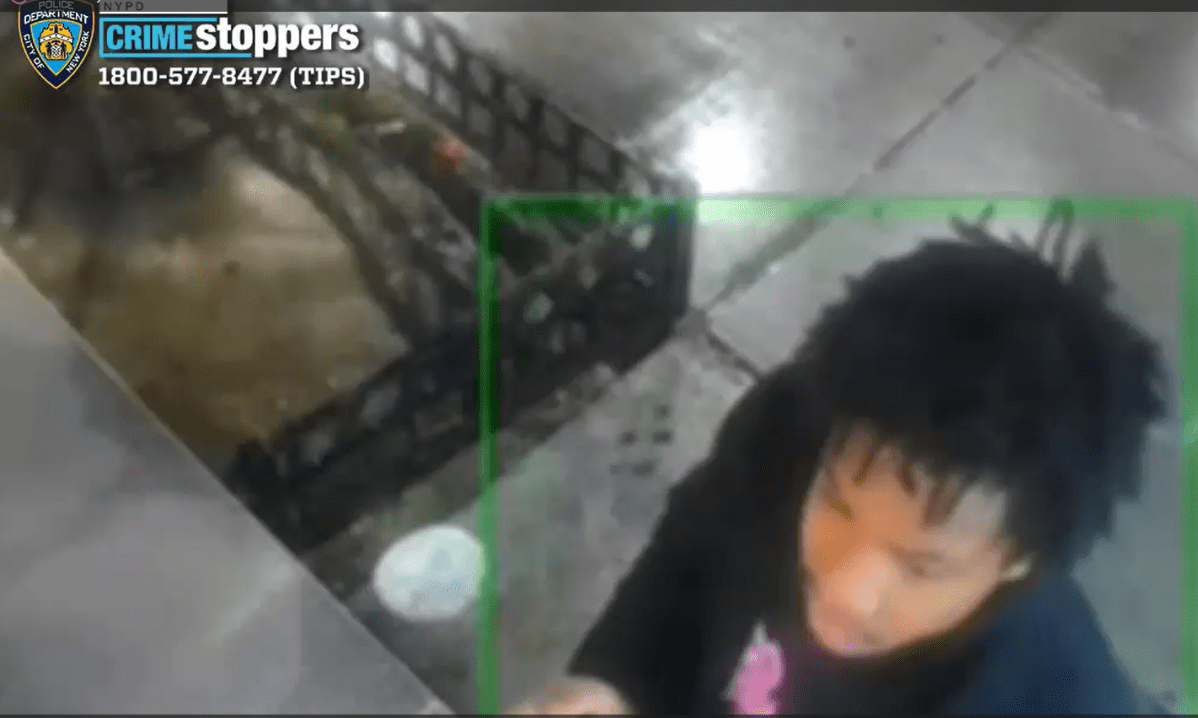By Jerry Tallmer
Group Theater tradition lives on at her studio
Behind a rickety scaffolding and up an ancient elevator at 31 West 27th Street, the spirit of Stella Adler lives on — a far cry from the Grand Ballroom of the Pierre Hotel, where on Monday night, November 8, a star-studded third annual black-tie “Stella by Starlight” will celebrate the impact of Jacob Adler’s astonishing daughter on the Group Theater of the 1930s and (in terms of acting) all American theater and film since.
There, on West 27th Street, in the Stella Adler School of Acting, you can find a corridor lined with history-spanning photographs, in one of which some 30 members of the Group Theater are gathered for a group shot at their upstate retreat in the summer of 1935.
“That child,” says Ellen Adler, daughter of Stella Adler, granddaughter of Jacob Adler, as she points to the photo, “is me. The only child there. I’m sitting on Paula Strasberg’s lap. My mother’s not in the picture and Clifford’s not in it. I have the feeling that Clifford [Odets] is taking the picture.”
Stella died in 1992. The person who runs today’s Stella Adler Studio of Acting is 45-year-old Tom Oppenheim, son of Ellen Adler, grandson of Stella Adler, great-grandson of the Yiddish theater’s great Jacob Adler. He has this vivid memory of Grandmother Stella:
“[She was] teaching her students the deeper meaning of the ritual of actors bowing to their audiences at the end of a performance. ‘Actors bow to their audiences the way subjects bow to Royalty,’ she instructed. Actors serve.”
For actors to serve, they must have a theater worth serving. Such was the lifelong credo of Harold Clurman, co-founder of the Group Theater with Lee Strasberg and Cheryl Crawford, companion and husband (one of them) of Stella Adler.
Stella had gone on the stage of her father’s Yiddish Art Theater, down on Grand Street, at age 3. She would grow up to be the dynamic star of plays like Odets’s “Awake and Sing” in the 1930s.
Says Tom Oppenheim: “Harold Clurman saw that the Group Theater and the Yiddish theater had a similar sense of mission — to uplift, and to be part of its times. Stella straddled both of those movements.”
And brought back to her colleagues, from what she’d learned in Paris and Moscow from Konstantin Stanislavski, what Ellen Adler defines as “a technique that demands the actor elevate himself as a human being.”
Elevated or otherwise, a human being who will not be forgotten for a very long time is the Marlon Brando who was ushered into the world, so to speak, first by Stella Adler at her school, then by the Actors Studio.
“Every actor has luck,” says painter Ellen Adler, who was close friends with Brando from the beginnings until the day of his death, “and Marlon’s luck was to walk into that school. This kid in his chaotic existence came to live in our [her mother’s] apartment at 54th Street and Seventh Avenue, and became a member of the Adler family.”
Ellen, born in 1927, 10 months to the day after the death of her grandfather, was in her teens when Brando showed up.
“I mean, the Group was the epicenter of New York culture. Here was this hick from Omaha, Nebraska . . . He always said that what changed his life was Stella.”
Trashy question: Did Marlon Brando and Stella Adler ever, well, get together?
“No. Marlon was a compulsive womanizer, but no, they didn’t.”
Always very socially concerned, he used to tell Ellen: “Someday there’ll be a medication that will stop anger and violence,” but toward the end, she says — after 9/11 — “he became very cynical, really, about the future of humanity” and, “though he’d never smoked, knew that his cystic fibrosis of the lungs was fatal.”
She has happier memories of the young Brando who in 1946 stunned those few people who happened onto one of the 13 performances of “Truckline Cafe,” a play by Maxwell Anderson directed on Broadway by Harold Clurman, who had been trading assignments back and forth with Elia Kazan.
“Marlon was hanging around the house. I was 18. He was very timid on stage, whispered rather than talked. Kazan and Maxwell Anderson wanted to fire him. Harold said: ‘Let me work with him.’ He made Marlon climb up on the ropes in the wings and said to him: ‘Louder! Louder! Louder! All right, I’ll see you in the morning.’
“Then this amazing thing happened” — Brando in performance was so shockingly good “that a terrified Virginia Gilmore, on stage with him, ran her fingernails down her cheeks.”
Tom Oppenheim never saw his grandmother on stage “but I saw her perform regularly around the dining table.”
He’s been running the Studio since 1995, and has upgraded it, or added to it, in many ways — putting in, for instance, a Harold Clurman Lecture Series, a Harold Clurman Poetry Series, a Literate Actor Reading Series, jazz programs, classical-music programs, a Harold Clurman Laboratory Theater Company.
“I never want the school to be a wax museum devoted to Stella,” he said. “I do want it to reflect her spirit. What I really think the school wants to be is an Adler Institute of the Performing Arts.”
To that end, the November 8 “Stella by Starlight” fund-raising gala, $1,000 a head (212-838-2660, ext. 22). Awards to Tony Kushner, Arthur Miller, and — who else? — Marlon Brando are to be presented by, if all goes according to schedule, Mike Nichols, Zoe Caldwell, Al Pacino, and Warren Beatty.
Don’t forget your black tie.



































